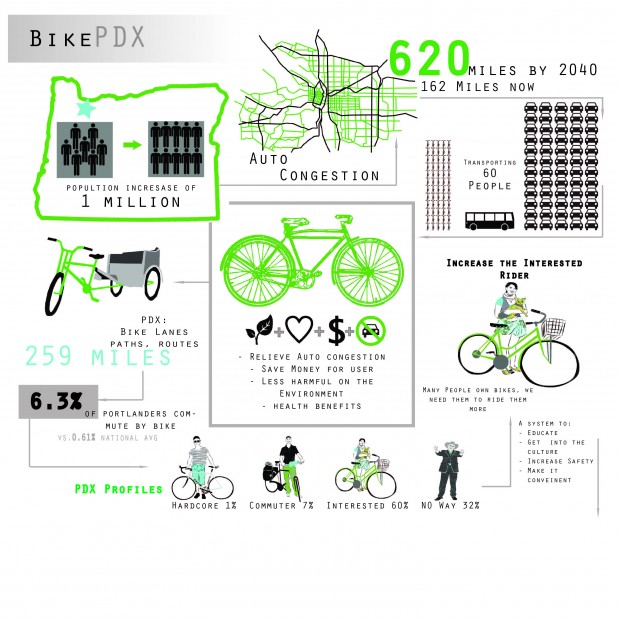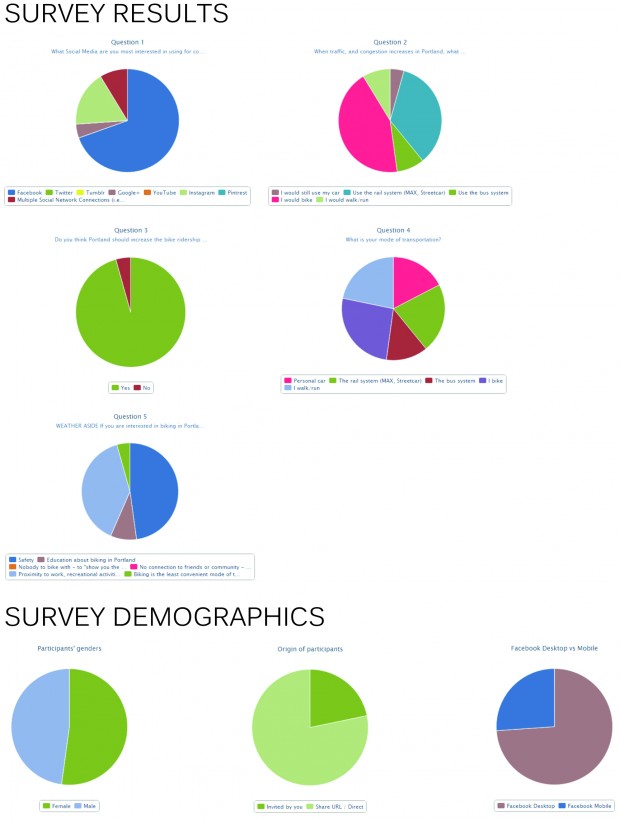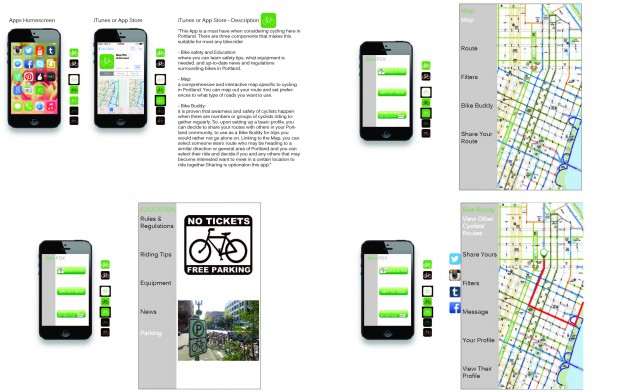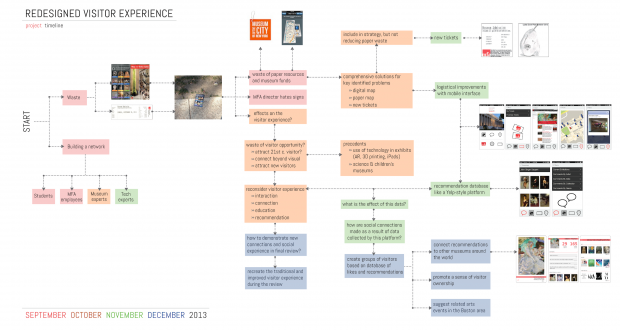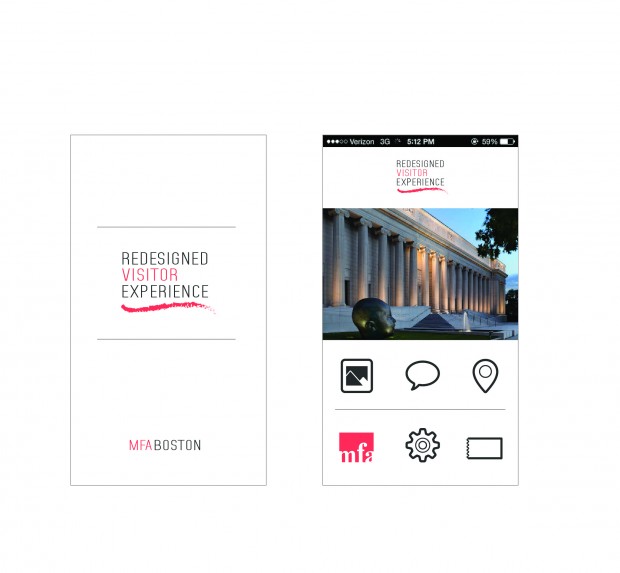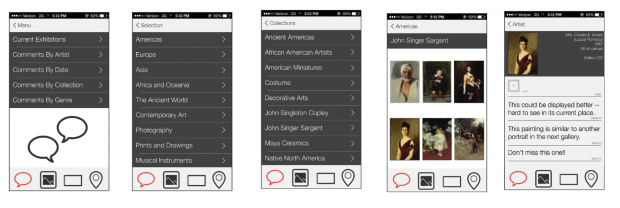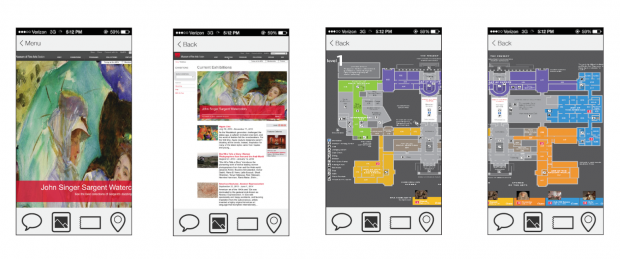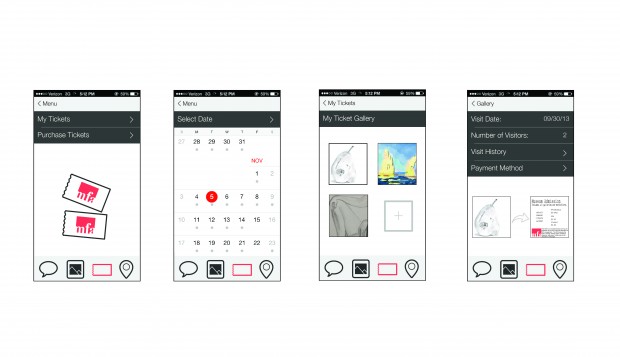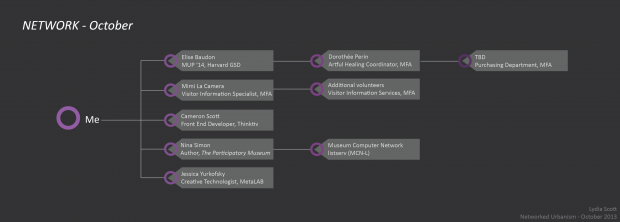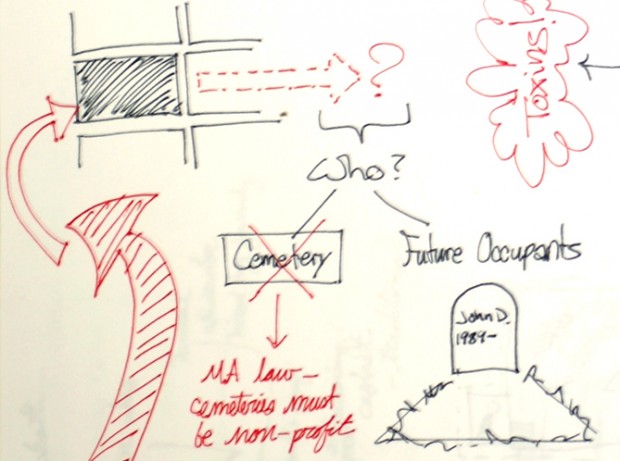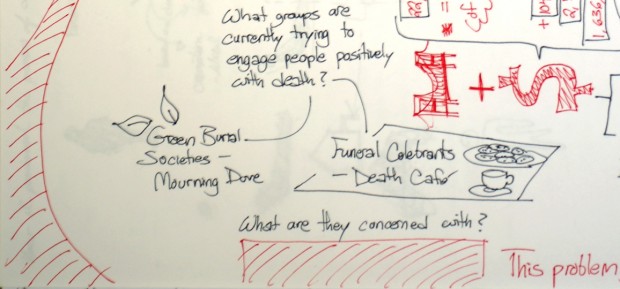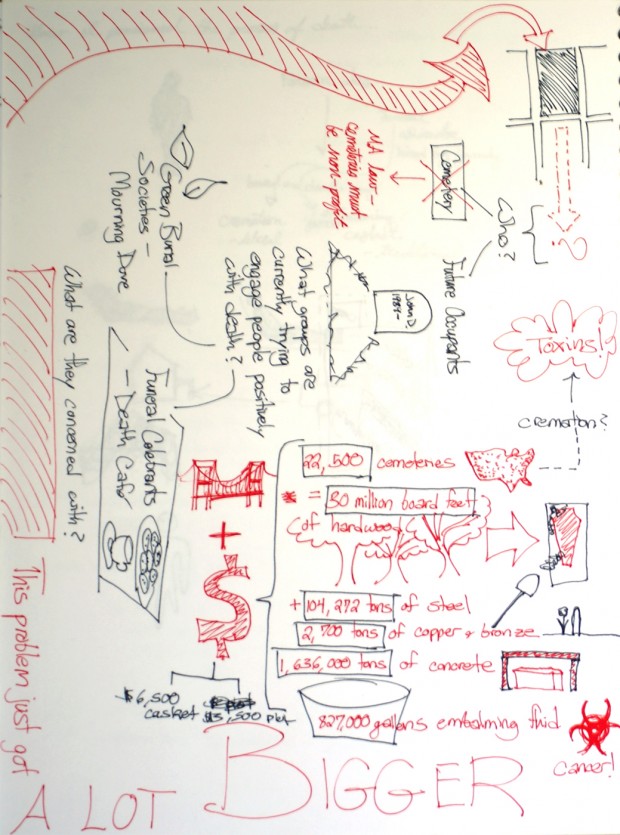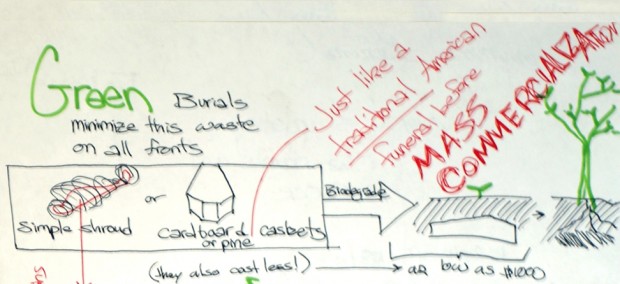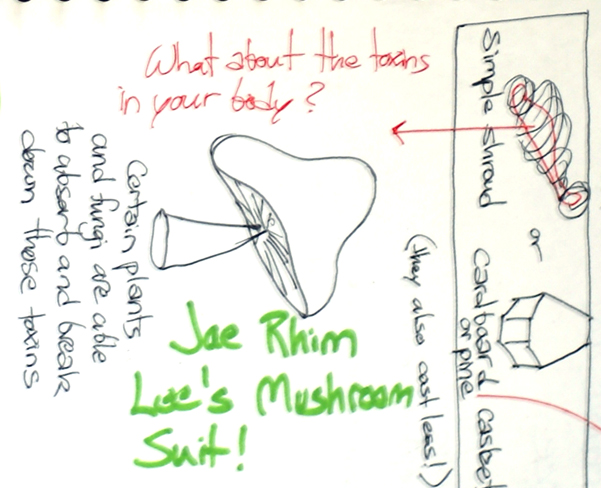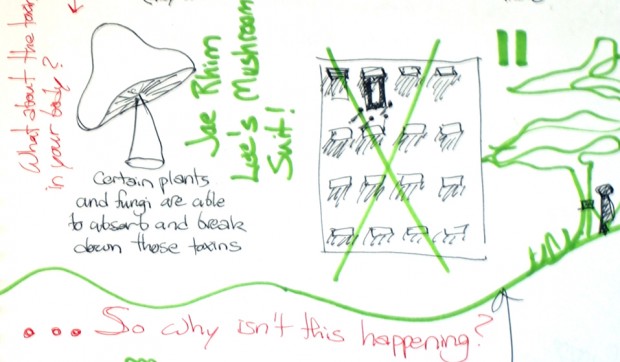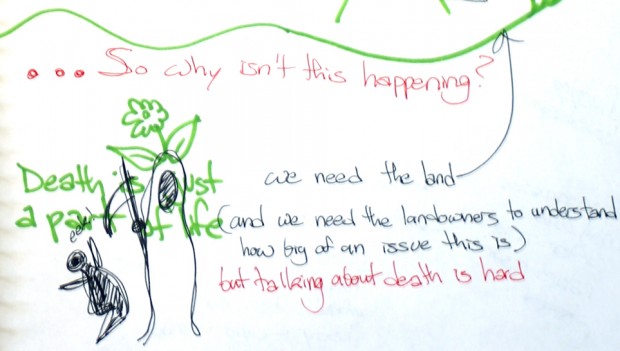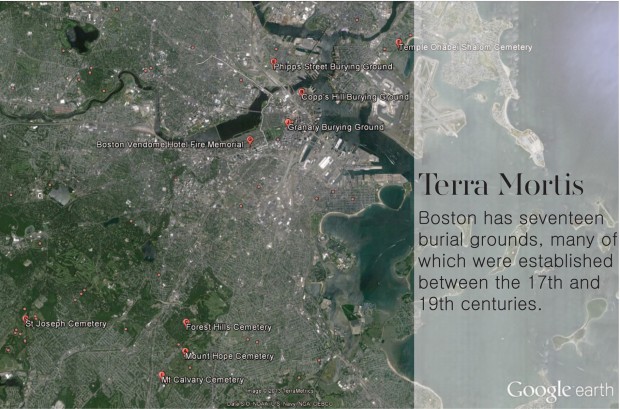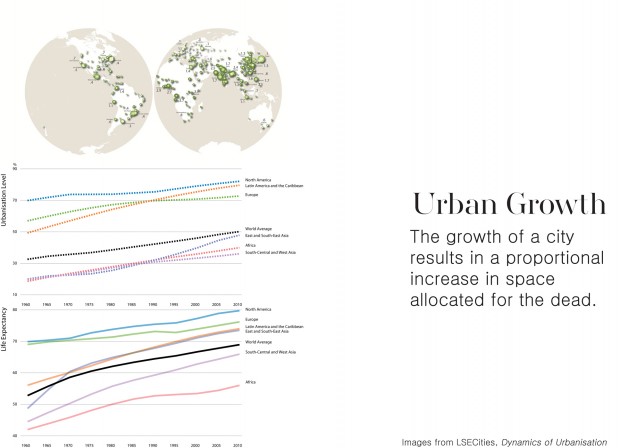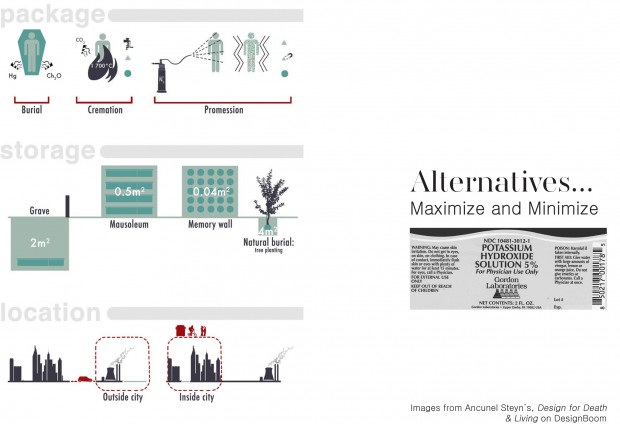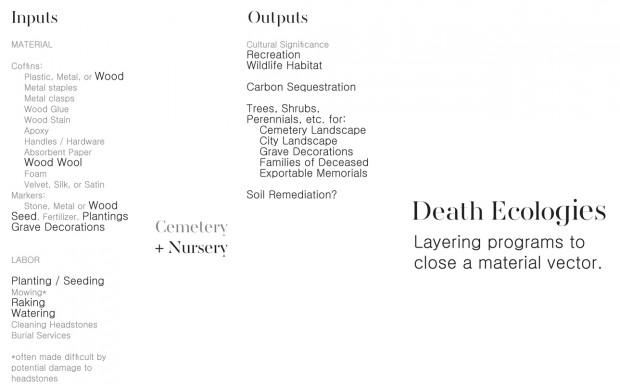Networked Urbanism
design thinking initiatives for a better urban life
apps awareness bahrain bike climate culture Death design digital donations economy education energy extreme Extreme climate funerals georeference GSD Harvard interaction Krystelle mapping market middle east mobility Network networkedurbanism nurra nurraempathy placemaking Public public space resources Responsivedesign social social market Space time time management ucjc visitor void waste water Ziyi
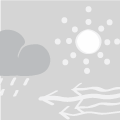
resources
Looking into the resources that power and feed cities and human settlements in general, taking an holistic, interconnected and lifecycle-wide approach to their use and management. How are they being taken care of, kept or distributed? How could be used them in a more efficient way?
We constructed a survey to better understand the people of Portland.
Here is the mock-up of the base structure/design of the interface of the App.
Redesigned Visitor Experience aims to enhance visitor-to-object connections and create visitor-to-visitor experiences within an art museum. The Museum of Fine Arts in Boston, which welcomes nearly 1.5M visitors annually, was the museum of interest throughout this process.
Initially, the focus was on the waste of physical resources of the museum: the paper used to produce thousands of maps and millions of tickets annually, and the funds required to print this collateral. An app to support logistical improvements, including a digital map, access to the museum’s web catalog, and the opportunity to buy tickets from a smartphone, was the first stage of solutions. Many lower-level members of the museum staff were incredibly helpful in providing initial feedback about the current visitor and wayfinding experience. After several dead-ends and false starts, it was necessary to explore another approach to the museum and its relationship with waste. Though helpful, this type of app was not particularly innovative, and led to a consideration of a waste of opportunity in the form of visitor experience. How can museums encourage connection, education, and interaction, beyond design of the exhibitions themselves? How can data analysis play a role in creating new networks that continue to develop outside of a museum?
In contrast to a science museum or a children’s museum, art museums tend to be more conservative and traditional. Artifacts and precious objects are stored behind glass for safety, with only small plaques of information available. Additional Information is relayed primarily visually and unilaterally: directly between the visitor and object. There is little interaction between visitors, unless they arrived in groups together. Visitors can view the same objects without acknowledgement of a relationship between objects and visitors. Arguably, the quiet of museums allows for enjoyment of the arts, and while this is true there is still a sense that another layer of understanding and connection could exist.
Imagine a digital platform that could promote and support these additional connections, while collecting valuable data for the MFA. For example, a visitor sees a painting that she likes. She simply clicks on its image in the RVEx mobile application, and it will pull up some basic information about the work, including artist, title, and date. The images and the details about all of the museum’s works will be populated by the museum’s own directories of its collections.
She can then tap to access the section for visitor participation. She can view other visitor’s comments and suggestions for the painting, and how many people “liked” and people have seen the painting so far. She has the option to leave a comment, or scroll through previous time-stamped comments. This page operates similarly as if the work had a Facebook profile. The app provides visitors with related objects that they can see in the MFA, if they particularly liked this painting.
A visitor profile allows you to save works that you like to a personal gallery, as well as your recent activity. The visitor can remember the name of a work she loved, share it with others, or just keep it on hand for a return trip to the museum. This app can function as digital pocket gallery, and your favorite art can quite literally be at your fingertips. A visitor can also access groups, settings, and recommendations for international museums, local events, and other pieces of art. This app can be used daily by an art lover, or as a digital way to collect a souvenir when on vacation.
What takes the platform beyond a Yelp or Foursquare review-based platform, this app includes groups. The groups are created based on an analysis of data of a visitor’s activities: what they’ve liked and seen. The museum and the art serves as the starting point for creating these kinds of connections that can eventually flourish beyond the physical space. Perhaps most interestingly, the app intends to provide “group based recommendations.” Again on an analysis of data, suggestions are generated for art found in the MFA that may interest members. Next are recommendations for local events, which pushes the network outside of the confines of museum. Finally, the platform suggests international museums that may be of interest. Eventually, these could have their own similar platforms and catalogs, so you can view and save art, and connect with other members from around the world.
Note about the copyright for images of paintings, sculptures, etc. used in frames from the above presentations: I do not own the images and they are the property of the MFA, from www.mfa.org.
In the middle of November, we were asked to create a proposal for the final review “performance” for former Loeb Fellow Jim Lasko.
Below are initial attempts to create a mobile application to solve the logistical problems associated with digitizing maps and tickets, and beginning to design a visitor-to-visitor commenting platform.
Below is the presentation given during our two-day midterm review on October 22 and 23, 2013.
Development of a resource network — in progress.
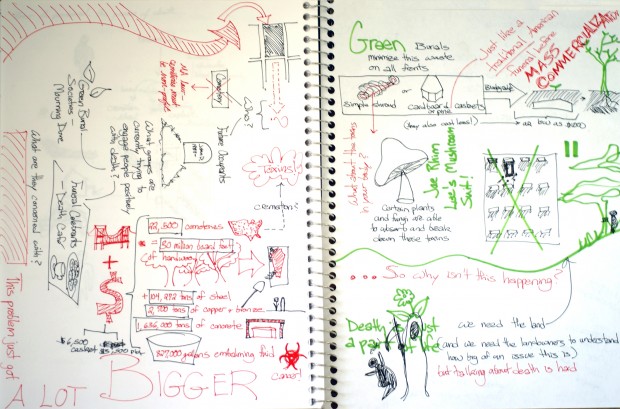
The waste produced by the funeral industry affects the economy, our natural resources, public health, city planning and our cultural misconceptions about death and tradition.
_-_-_-_-_-_-_-_-_-_-_-_-_-_-_-_-_-_-_-_-_-_-_-_-_-_-_-_-_-_-_-_-_-_-_-_-_-_-_-_-_-_-_-_-_-_-_
_-_-_-_-_-_-_-_-_-_-_-_-_-_-_-_-_-_-_-_-_-_-_-_-_-_-_-_-_-_-_-_-_-_-_-_-_-_-_-_-_-_-_-_-_-_-_
_-_-_-_-_-_-_-_-_-_-_-_-_-_-_-_-_-_-_-_-_-_-_-_-_-_-_-_-_-_-_-_-_-_-_-_-_-_-_-_-_-_-_-_-_-_-_
_-_-_-_-_-_-_-_-_-_-_-_-_-_-_-_-_-_-_-_-_-_-_-_-_-_-_-_-_-_-_-_-_-_-_-_-_-_-_-_-_-_-_-_-_-_-_
_-_-_-_-_-_-_-_-_-_-_-_-_-_-_-_-_-_-_-_-_-_-_-_-_-_-_-_-_-_-_-_-_-_-_-_-_-_-_-_-_-_-_-_-_-_-_
_-_-_-_-_-_-_-_-_-_-_-_-_-_-_-_-_-_-_-_-_-_-_-_-_-_-_-_-_-_-_-_-_-_-_-_-_-_-_-_-_-_-_-_-_-_-_
_-_-_-_-_-_-_-_-_-_-_-_-_-_-_-_-_-_-_-_-_-_-_-_-_-_-_-_-_-_-_-_-_-_-_-_-_-_-_-_-_-_-_-_-_-_-_
_-_-_-_-_-_-_-_-_-_-_-_-_-_-_-_-_-_-_-_-_-_-_-_-_-_-_-_-_-_-_-_-_-_-_-_-_-_-_-_-_-_-_-_-_-_-_
A few independent groups in Massachusetts are trying to encourage a more positive acceptance of our mortality and how we think of and plan for death. Among them are the Green Burial Committee ( a sub-committee of the Funeral Consumer’s Alliance of Massachusetts) and Mourning Dove Studio. The documentary series Earthrise recently interviewed the two groups and their video, “Green Goodbyes,” takes us on a short tour of the limited green burial network in the state…
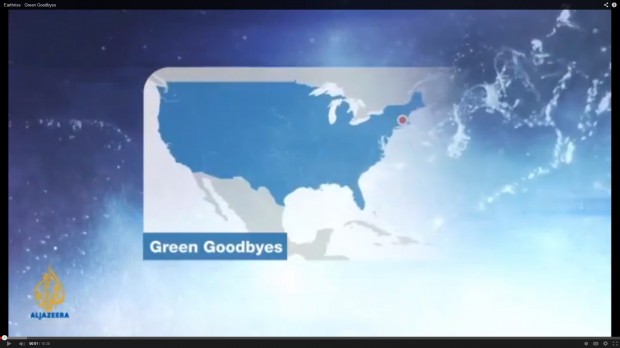
You can also check out my own interview with Ruth Faas in the post “Mourning Dove Studios” (coming soon).
Cemeteries are at the center of a growing urban issue – with higher densities of the living we will inevitably face higher densities of the dead. However, while a number of designers and scientists have considered alternatives that either minimize the spatial requirements of human remains, suggest new dispersed, layered, digital or environmentally friendly typologies or combinations thereof, few have looked at the cemetery as part of a larger urban material ecology.
Thought provoking as the alternatives are, they can often inspire less thought and more provocation. The rituals of death are deeply ingrained and culturally significant, therefore, rethinking cemeteries requires designers to allow for traditional modes of mourning. Even if a significant portion of society were to accept the possibility that their bodies will be flash frozen and ground into a compostable powder, we already have a legacy of spatium mortus – land that is sacrosanct and untouchable (at least not without significant cultural and emotional backlash).
In response to this dilemma, I am proposing a layering of programs within cemetery grounds that goes beyond recreational use to turn cemeteries into productive spaces while maintaining respect for cultural norms. In simple terms a cemetery is a single-program urban space with specific material inputs, and no material output. However, that does not always have to be the case. By breaking down the underlying systems of cemeteries, the possibility of closing a material vector emerges.
Seeing as cemeteries are already organized into a field of plots with specialized and complicated maintenance regimes, the addition of a plant nursery is almost intuitive. While the growth of hardwoods necessary to close the container to container loop is a lengthy process, species with shorter growth schedules can be underplanted and either used within the cemetery or exported for profit. All the while the visitors and local ecosystem benefit from the well-studied beneficial effects of urban forests.
Asking to several groups of citizens we realized they don’t completly agree with our idea of “barter”, even if they told us the opposite at the begining.
They showed us they were available, but when we asked for a completely participation they did a step off.
Also the association who was involved in that with a strong part on the process were unsure about the event. They gave us two reasons:
- 1st has been the very shirt time we had, but it was something we could completely fix with a lot of work;
- 2nd is the very strong and hard situations and relationships they have in Tottubella. They told us they tried a lot and hard to involve people over there and work with them in several project but at the end they were lazy and in bad relationships and not able to cooperate and work together. In some case they even blew the whistle on each other just for a cleaning session of the area and because some citizens decided to build up a small house for a statue at the entrance of the village.
According to this situation we decided to do a step back too and to not being involved in this legal stuff.
We had a new plan for our project is just under construction!!
STAY TUNED!
1 2 3 4 Next »
